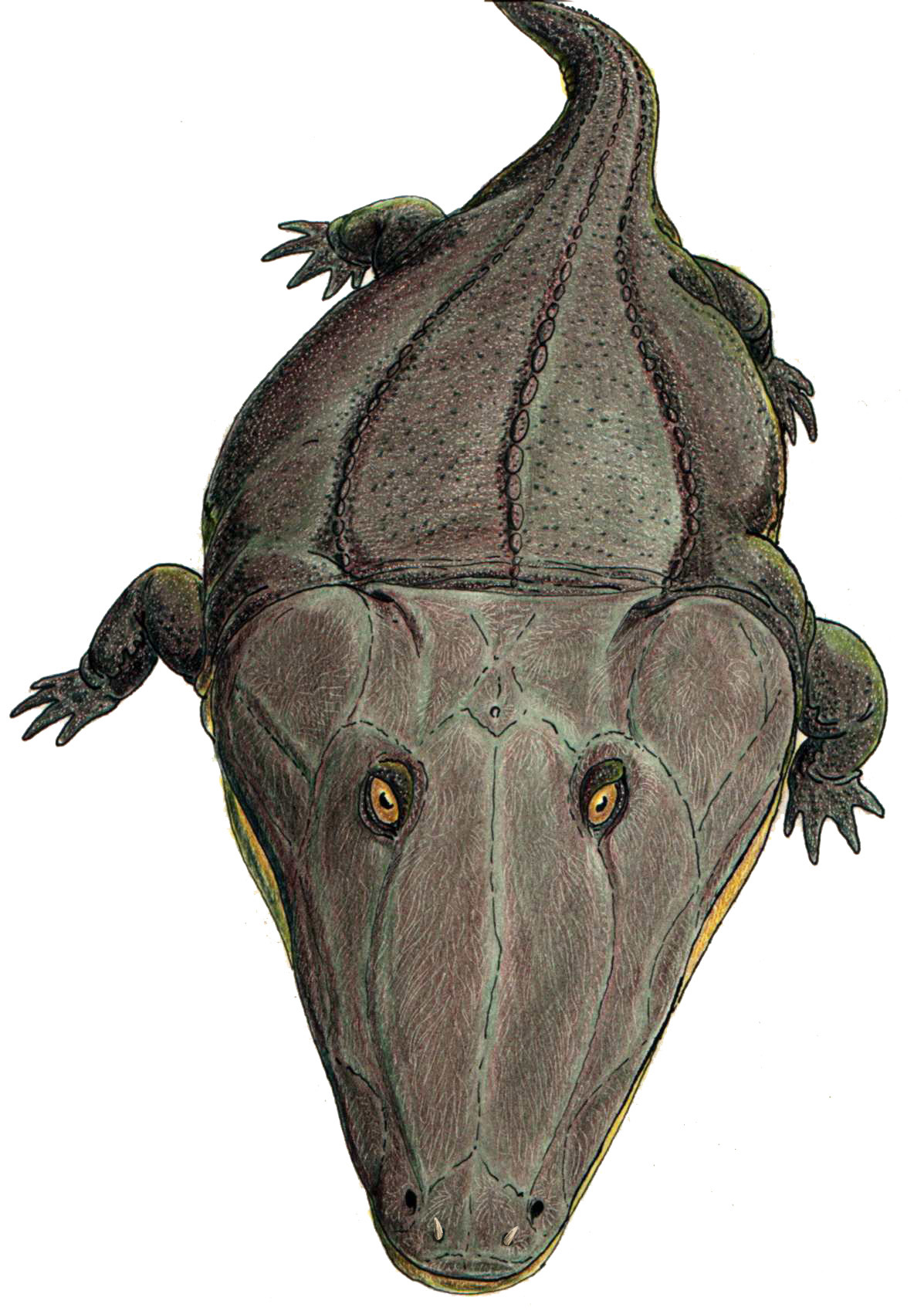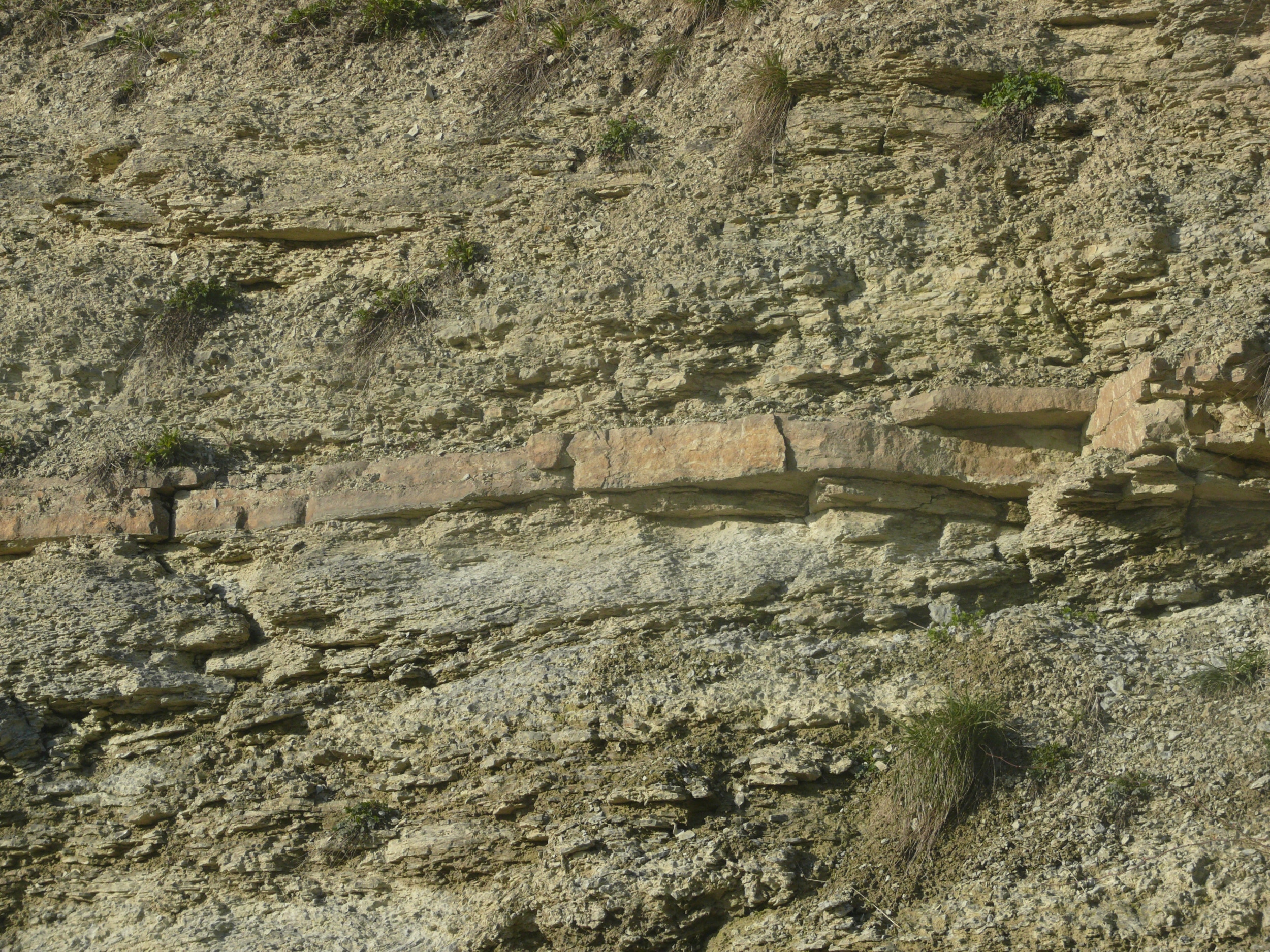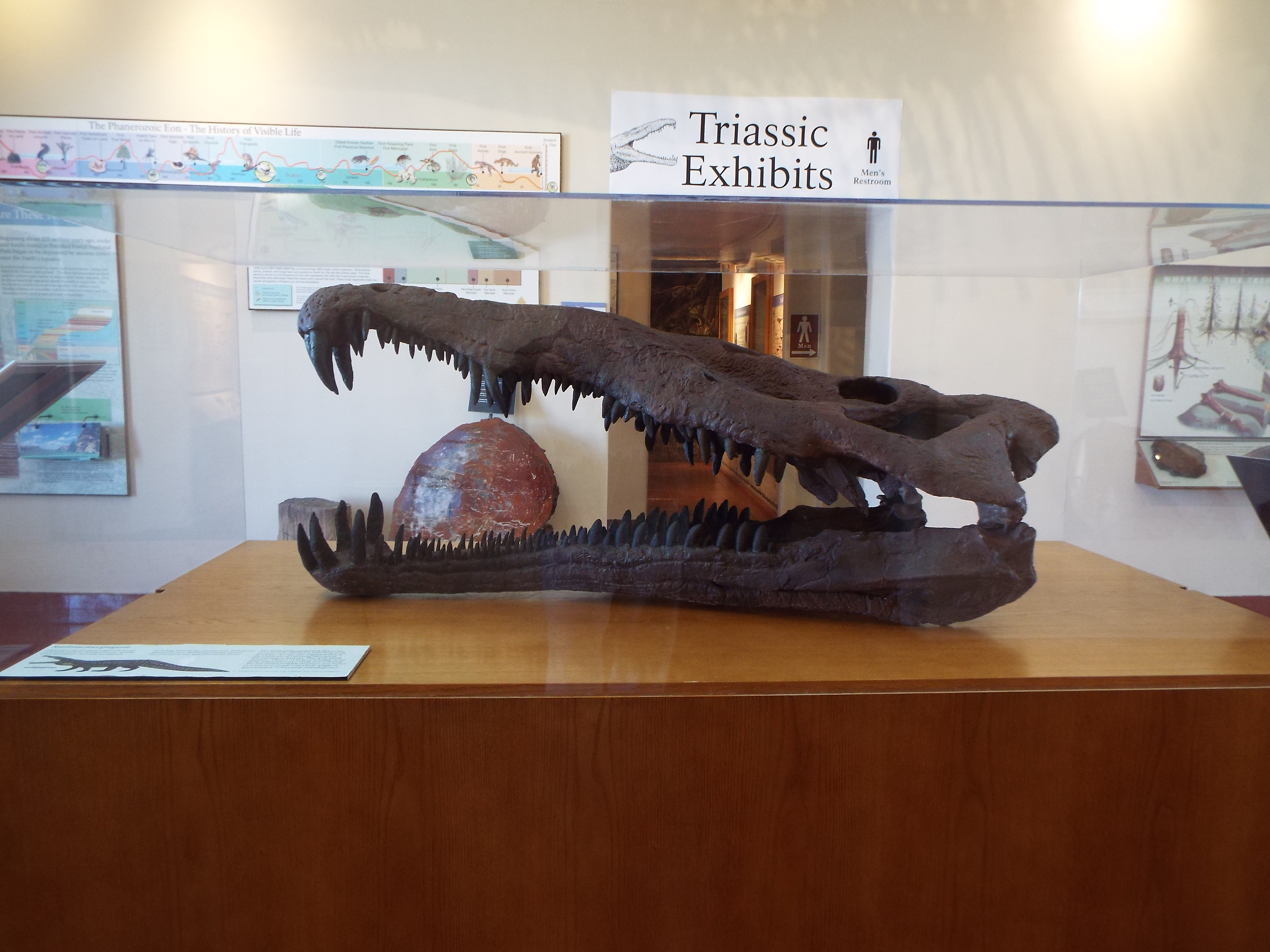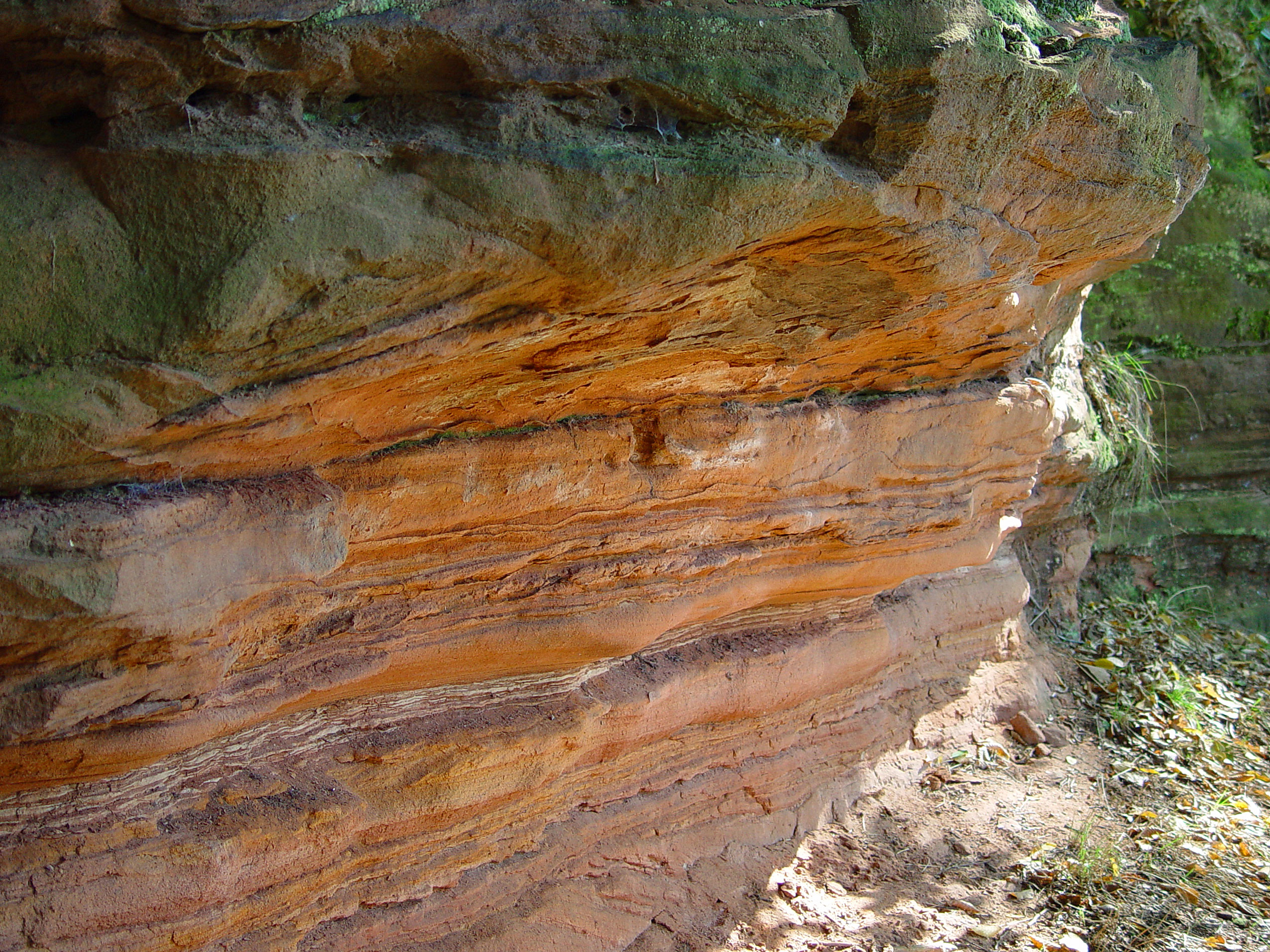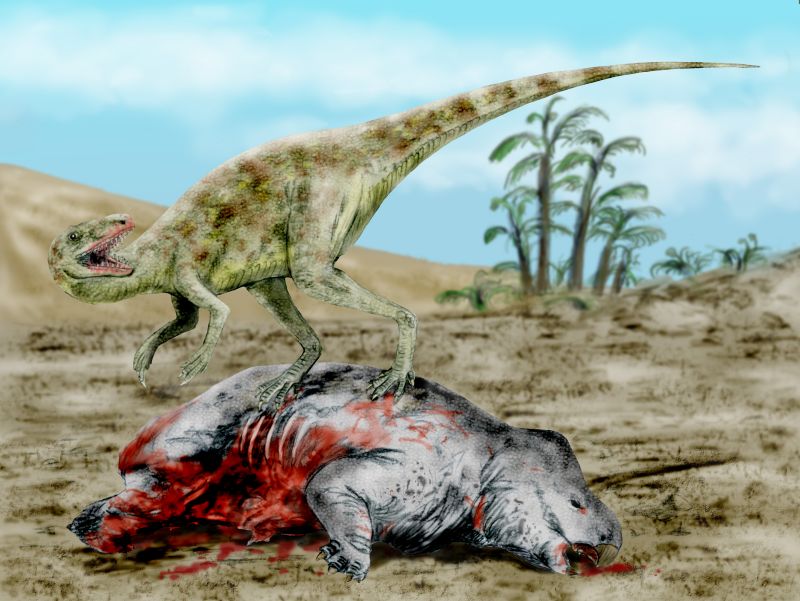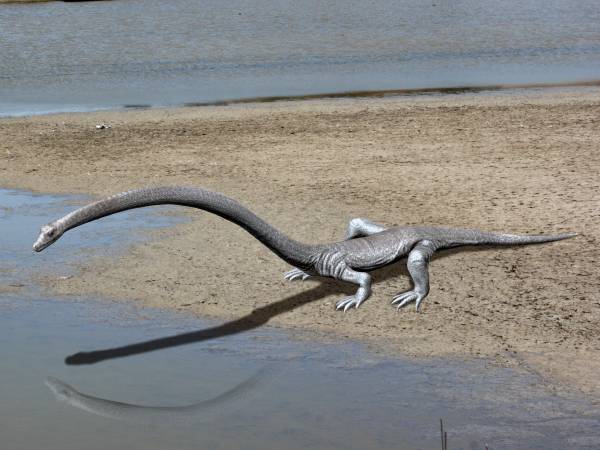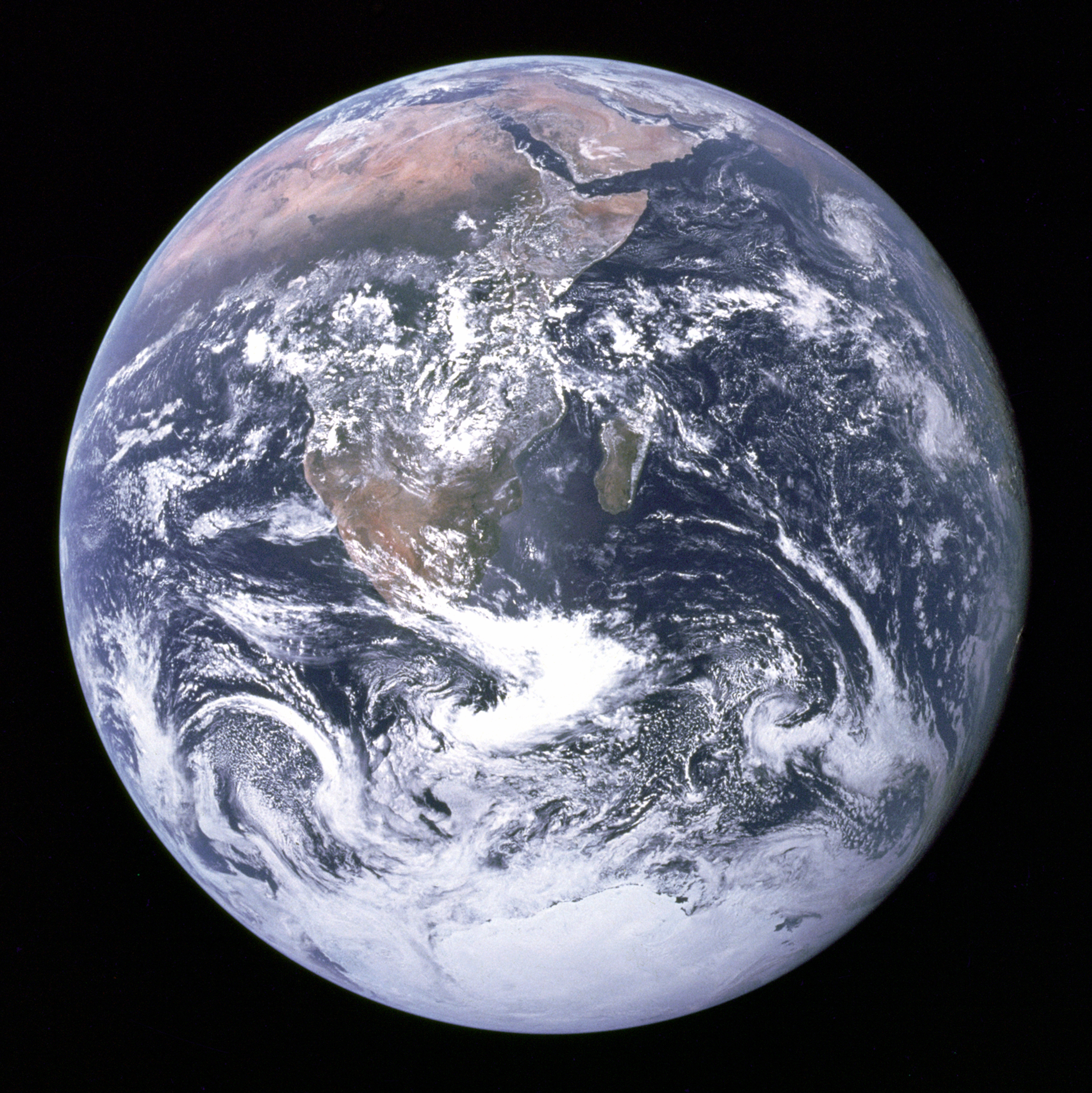Paleopedology Triassic
Enlarge text Shrink text- Arndorff, L. Upper Triassic and Lower Jurassic palaeosols from southern Scandinavia, 1994.
The Triassic ( try-ASS-ik; sometimes symbolized 🝈) is a geologic period and system which spans 50.5 million years from the end of the Permian Period 251.902 million years ago (Mya), to the beginning of the Jurassic Period 201.4 Mya. The Triassic is the first and shortest period of the Mesozoic Era and the seventh period of the Phanerozoic Eon. Both the start and end of the period are marked by major extinction events. The Triassic Period is subdivided into three epochs: Early Triassic, Middle Triassic and Late Triassic. The Triassic began in the wake of the Permian–Triassic extinction event, which left the Earth's biosphere impoverished; it was well into the middle of the Triassic before life recovered its former diversity. Three categories of organisms can be distinguished in the Triassic record: survivors from the extinction event, new groups that flourished briefly, and other new groups that went on to dominate the Mesozoic Era. Reptiles, especially archosaurs, were the chief terrestrial vertebrates during this time. A specialized group of archosaurs, called dinosaurs, first appeared in the Late Triassic but did not become dominant until the succeeding Jurassic Period. Archosaurs that became dominant in this period were primarily pseudosuchians, relatives and ancestors of modern crocodilians, while some archosaurs specialized in flight, the first time among vertebrates, becoming the pterosaurs. Therapsids, the dominant vertebrates of the preceding Permian period, saw a brief surge in diversification in the Triassic, with dicynodonts and cynodonts quickly becoming dominant, but they declined throughout the period with the majority becoming extinct by the end. However, the first stem-group mammals (mammaliamorphs), themselves a specialized subgroup of cynodonts, appeared during the Triassic and would survive the extinction event, allowing them to radiate during the Jurassic. Amphibians were primarily represented by the temnospondyls, giant aquatic predators that had survived the end-Permian extinction and saw a new burst of diversification in the Triassic, before going extinct by the end; however, early crown-group lissamphibians (including stem-group frogs, salamanders and caecilians) also became more common during the Triassic and survived the extinction event. The earliest known neopterygian fish, including early holosteans and teleosts, appeared near the beginning of the Triassic, and quickly diversified to become among the dominant groups of fish in both freshwater and marine habitats. The vast supercontinent of Pangaea dominated the globe during the Triassic, but in the latest Triassic (Rhaetian) and Early Jurassic it began to gradually rift into two separate landmasses: Laurasia to the north and Gondwana to the south. The global climate during the Triassic was mostly hot and dry, with deserts spanning much of Pangaea's interior. However, the climate shifted and became more humid as Pangaea began to drift apart. The end of the period was marked by yet another major mass extinction, the Triassic–Jurassic extinction event, that wiped out many groups, including most pseudosuchians, and allowed dinosaurs to assume dominance in the Jurassic.
Read more on Wikipedia >
 Topic
Topic


.png)





